The Craft: Player development series

The Craft is a serial look inside the world of player development in the NBA.
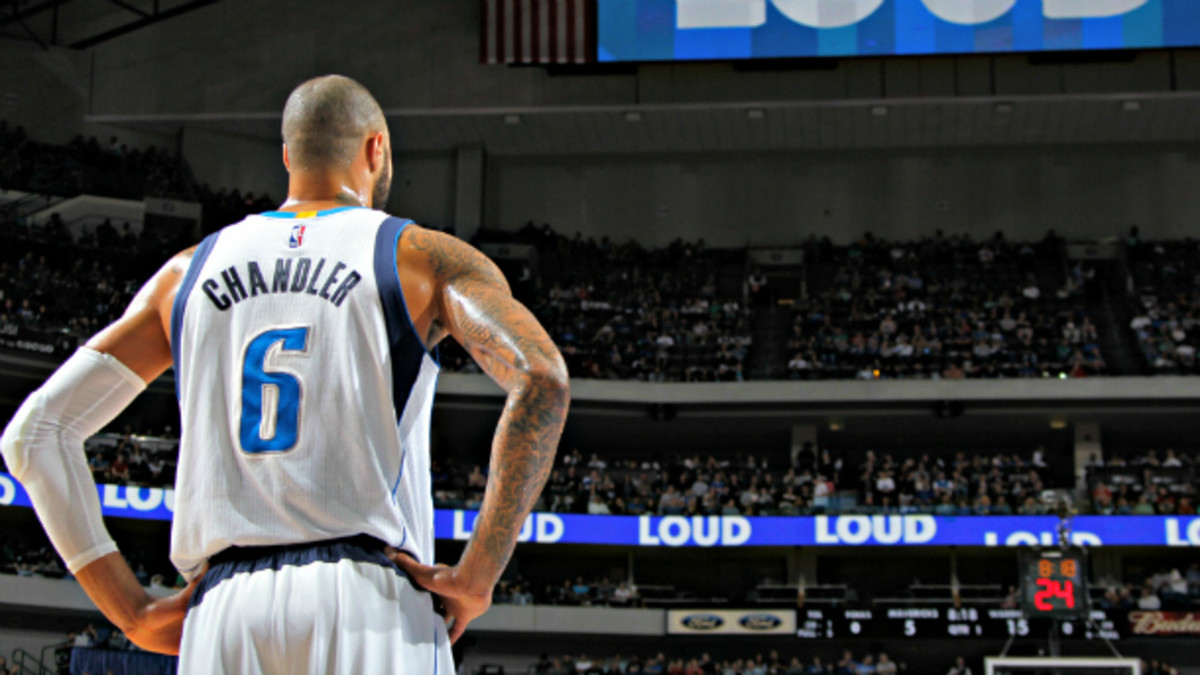
Tyson Chandler (Dec. 17)
Chandler didn't toy with adding a few moves off the dribble or stretching out to three-point range. He also gave up whatever post-up aspirations he once had, to the point that just one percent of his current offensive usage comes from the block, according to Synergy Sports. Chandler's progression has been one of sharpening to the point of excellence. There are few better roll men in the league and few superior rim protectors. That's just as he intends it.
"A lot of times teams don't have as much success and players don't have as much success because they're not great at something," Chandler said. "They're either average or good, and below average in things they're trying to push. You should always work on your game. I work on my game all the time. I don't get many jump shots, but I shoot hundreds of jump shots all throughout the summer just for that one or two that I might get. But a lot of times, forcing your game in different areas can be overrated."
Read the full piece here.
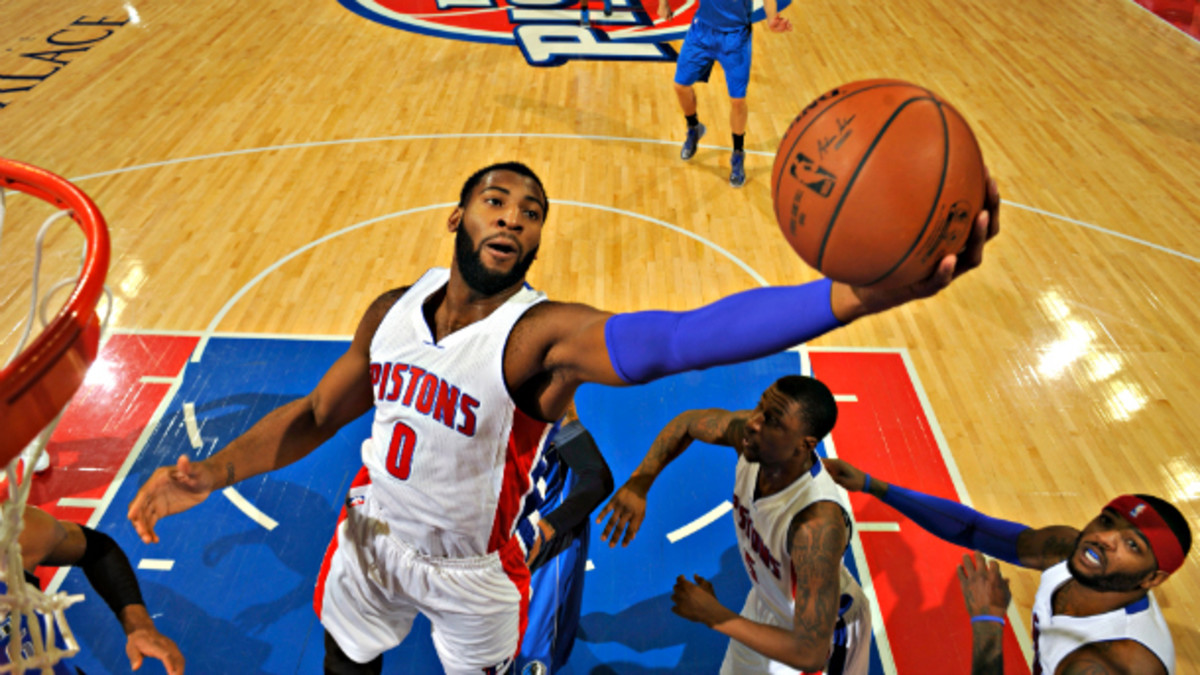
Andre Drummond (Jan. 13)
"Each year you get better at something new," Drummond said. "The pick-and-roll was definitely one of the biggest things that I worked on. Really getting low, making the guard uncomfortable. Seeing someone out there with a 7-foot-5 wingspan staying out there and trying to guard them makes them think twice about coming towards the rim."
These are the details that define pick-and-roll defense at the highest levels of basketball, and it's Drummond's business to make them intimately familiar. His work will never be finished. There are always new players to study and tendencies to be learned, not to mention the perpetual refinement of Drummond's own internal timing. In the big picture, development is forever.
Read the full piece here.
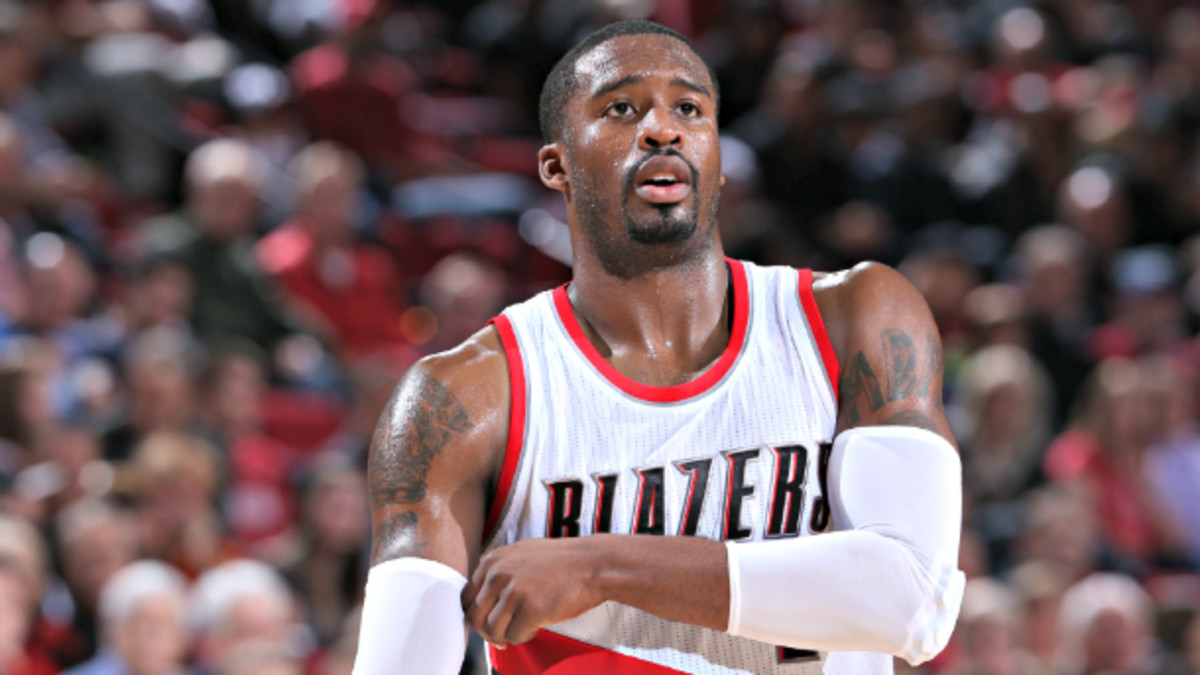
Wesley Matthews (Feb. 17)
Wesley Matthews remembers. After six years, the sting of going undrafted remains fresh in his mind. So do the questions and criticism Matthews faced upon signing a lucrative contract with the Trail Blazers a year later – doubts that he has long since silenced with his play. When said in such volume, though, the accusation of being "overpaid" doesn't just leave you. It cuts deep with its insinuation of lesser worth, the scars of dubiety serving as a constant reminder.
Matthews remembers. For a long time those comments and sound bites took a prominent place in his professional life. Yet at 28 years old, Matthews has changed in the way that he processes those lived-in memories he once relied on for motivation.
"I've always had a chip on my shoulder with doubters and haters and all that," Matthews said. "But where I think I've grown is that you're never going to be able to prove a doubter or a hater wrong. Most of my drive now is trying to prove everybody that believed in me right."
Read the full piece here.
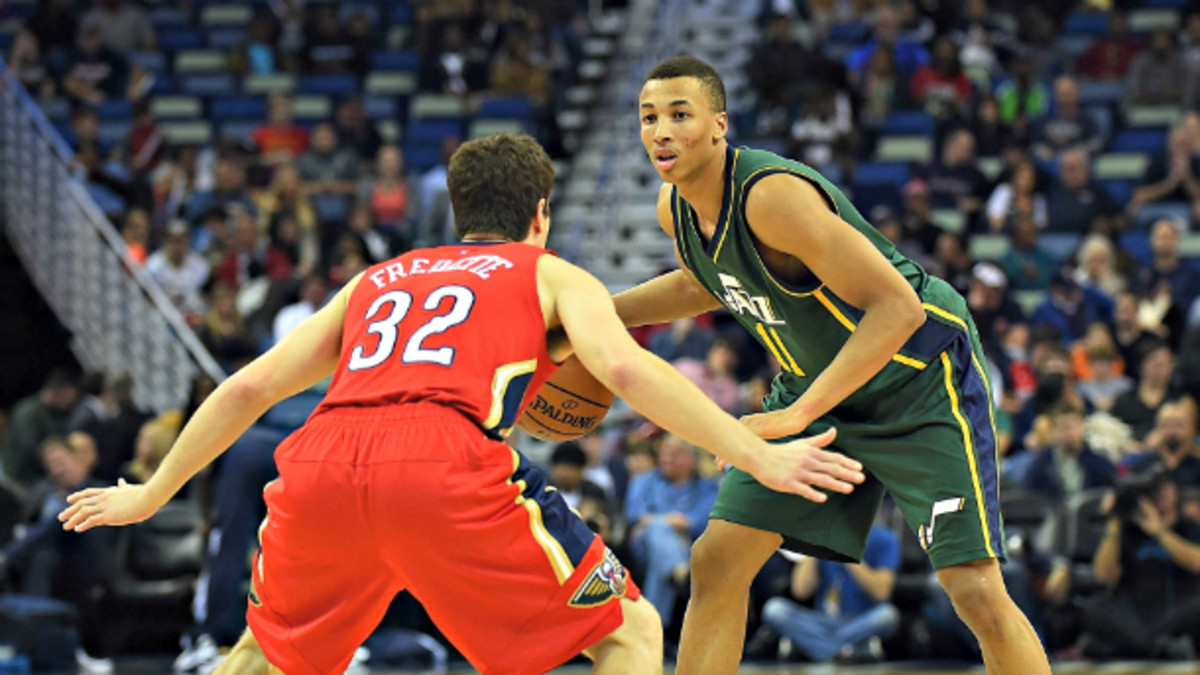
Dante Exum (Mar. 3)
The growing pains were inevitable. Exum came up through basketball as a slashing point guard and approaches the game through that lens. His role with the Jazz should cultivate a different set of complementary skills, though in the meantime it divorces the young guard from the style he's long known. There is a trial in that adjustment, if also a sense of apprenticeship.
"It is one of the most difficult things ever," Exum says. "For me—being in a system like in Australia—I've always been a guy that's had the ball in his hands most of the time, at the end of the shot clock, end of the game. But it's been good taking that backseat role and seeing guys who've been in this league four or five years and how they're able to position themselves to score. I'm kind of at the point where I want to be given a bit of that responsibility and try to make the most of it."
One can sense a disconnect in Exum's play. Clearly he's more comfortable with the ball in his hands than not. Yet on those possessions where he's finally in a position to dictate action, he'll often glide around on the perimeter before resorting to a passive outlet or long jumper. Whereas the most assertive guards in the league tend to attack in straight lines, Exum lilts in softer arcs. This is neither indicative of the player Exum has been nor the player he wishes to be, and that bugs him.
Read the full piece here.
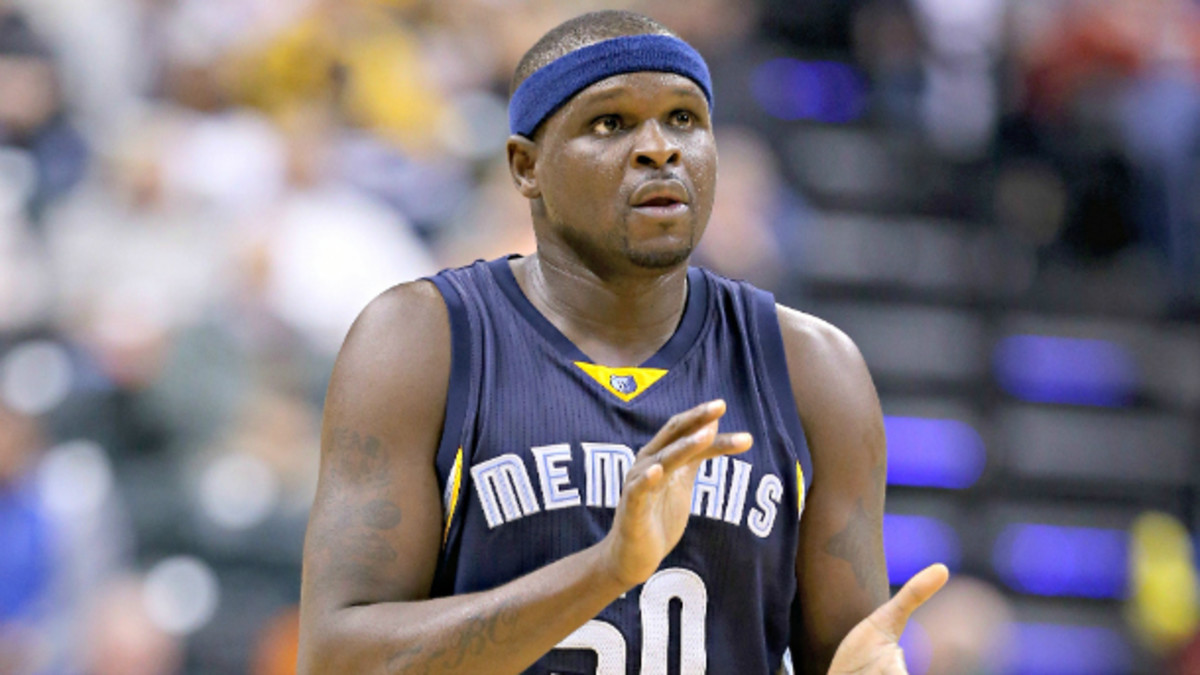
Zach Randolph (Mar. 31)
As Zach Randolph sees it, there is no blank slate—at least when it comes to post play. Talented bigs come into the league at 19 and 20 years old with nothing but time to address their most concerning weaknesses. Yet all of the technical training in the world can't overwrite the need for certain qualities that cannot be learned and cannot be taught.
"You can't teach footwork," Randolph said. "I mean you can, but you've gotta have that feel, you've gotta have that knack. It's a lot, reading a guy. If a guy's on your body, your instinct tells you to step through, push them off, or jab them. It all has to do with instincts and feel."
The truth of Randolph's perspective rings in the short careers of countless seven-footers. NBA history is littered with forced post play and overly mechanical hook shots, as the payoff in pounding the ball down low was once so great as to warrant trying out any physically able big man on the block. No more. The game has evolved to the point where the vast majority of players working the post with regularity are those most comfortable in that space. Without the feel that Randolph describes, there's really no use.
Read the full piece here.
